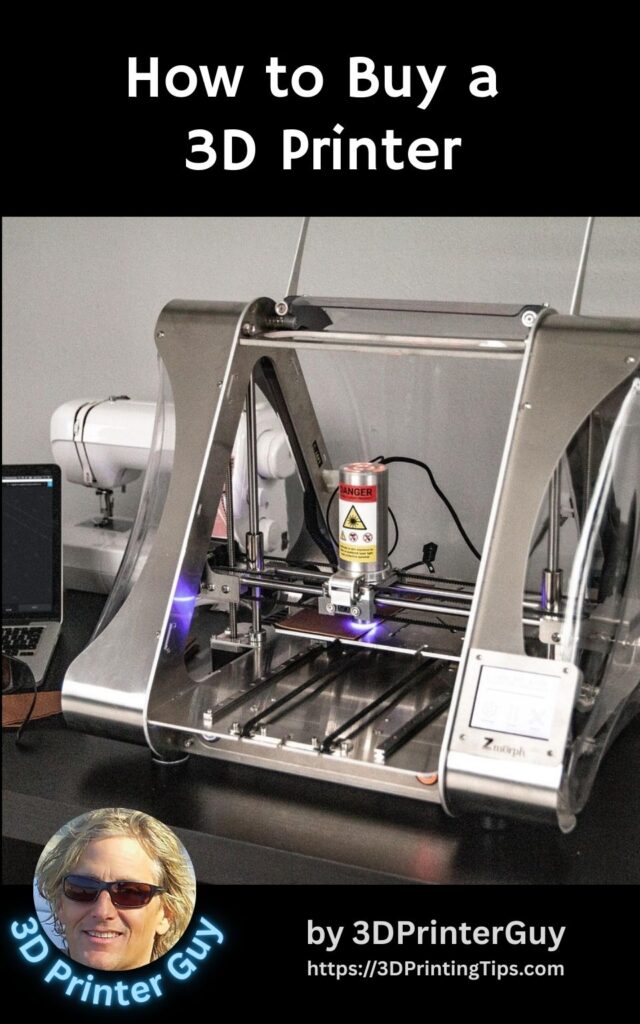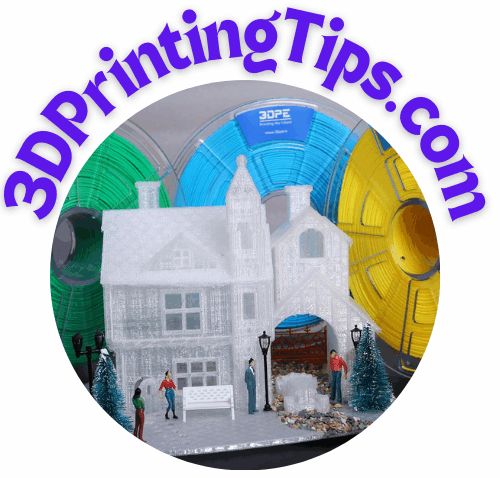
Did you ever wonder how to buy a 3D printer, or maybe you need to understand all the different types of printers before you spend money on one. This tutorial helps with all these things.

I. Introduction: Welcome to the World of 3D Printing
A. What is 3D Printing? (Brief, accessible explanation)
B. Why 3D Printing is Exciting and Useful (Applications for beginners)
C. Setting Expectations: What Can You Really Do?
II. Understanding the Basics of a 3D Printer
A. Core Technology: Fused Deposition Modeling (FDM) Explained Simply
B. Key Components and Their Functions:
1. Frame/Chassis (Stability and Structure)
2. Build Plate/Bed (Where the Print Happens)
3. Extruder (Heating and Pushing Filament)
4. Nozzle (Melting and Depositing Filament)
5. Filament (The “Ink” of 3D Printing)
6. Motors and Motion System (X, Y, Z Axis Movement)
7. Control Board and Electronics (The “Brain”)
8. User Interface (Screen, Buttons, Software)
C. Other 3D Printing Technologies (Brief Mention): Resin (SLA/DLP), SLS
III. Types and Levels of 3D Printers
A. Kid-Friendly/Educational Printers:
1. Safety Features and Ease of Use
2. Limited Build Volume and Materials
3. Focus on Learning and Fun
B. Hobbyist/Consumer-Grade Printers:
1. Variety of Features and Price Points
2. Good Balance of Quality and Affordability
3. Ideal for Home Use and Small Projects
C. Prosumer/Engineering-Grade Printers:
1. Higher Precision and Reliability
2. Larger Build Volumes and Advanced Materials
3. For Professionals and Serious Hobbyists
D. Industrial/Production-Grade Printers (Brief Mention): For Large-Scale Manufacturing
IV. Factors to Consider Before Buying
A. Your Budget: Setting a Realistic Price Range
B. Your Intended Use: What Will You Be Printing?
C. Available Space: Printer Size and Footprint
D. Learning Curve: How Much Time Are You Willing to Invest?
E. Community and Support: Online Resources and Local Groups
V. Comparing and Evaluating 3D Printers
A. Build Volume: Size of Printable Objects
B. Print Quality and Resolution: Layer Height and Detail
C. Material Compatibility: Types of Filament Supported
D. Print Speed: How Fast Can It Print?
E. Connectivity Options: USB, SD Card, Wi-Fi
F. Software Compatibility: Slicing and Design Software
G. Ease of Assembly and Setup: Ready-to-Print vs. DIY Kits
H. Reliability and Durability: Reviews and Reputation
I. Warranty and Customer Support
VI. Additional Costs and Considerations
A. Filament Costs: Different Materials and Brands
B. Maintenance and Replacement Parts: Nozzles, Belts, etc.
C. Software and Design Tools: Free vs. Paid Options
D. Upgrades and Modifications: Enhancing Your Printer Over Time
VII. Where to Buy Your 3D Printer
A. Online Retailers: Pros and Cons
B. Specialty 3D Printing Stores: Benefits of In-Person Shopping
C. Direct from Manufacturers: Support and Warranties
VIII. Conclusion: Making an Informed Decision
A. Recap of Key Factors to Consider
B. Encouragement and Next Steps in Your 3D Printing Journey


